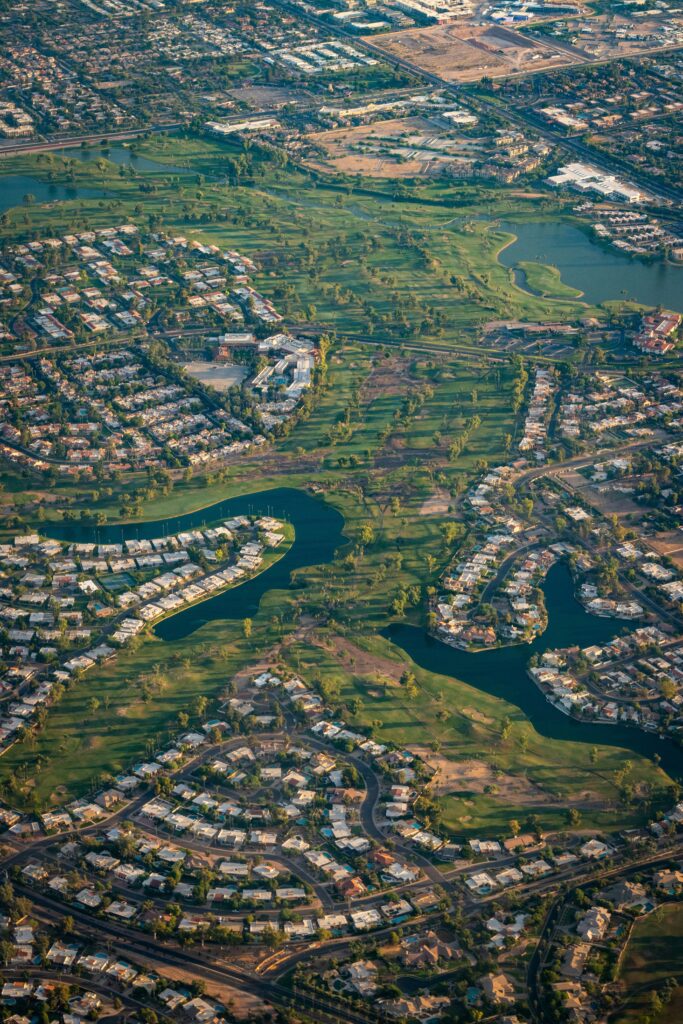Erika Nakata Moussis
GCHU Intern and BA Geography student, University of Oxford
Email: [email protected]
Regional building hubs (RBHs) have emerged as a promising solution to addressing the environmental challenges associated with traditional construction practices. Existing legislative framework does little to encourage real change towards creating sustainable and affordable social housing for low-income groups – and this is what RBHs strive to solve. By promoting local sourcing of materials, reducing transportation emissions, and fostering sustainable building practices, regional building hubs have the potential to mitigate environmental impacts and promote long-term sustainability in the construction sector. However, some key issues such as biodiversity fragmentation and increased concrete surface area that come along with the growth of any urban town have to be put into consideration to make RBHs truly sustainable in the long term.
The key environmental impacts that residential developments need to consider include surface temperature increase, hydrology and water cycling, and the conservation of biodiversity. Of course – these conditions need to be considered across varying time scales, becoming increasingly complex through additional factors such as climate change and changes in resource consumption – that are difficult to predict and model at the current stage. In particular, a focus on everyday consumption practices, especially food, should be prioritised when considering long-term sustainability to allow for the self-sustaining circular resource economy to thrive over several decades. Self-sustainability and circular economies are a key factor of RBHs and thus allow for the resource carrying capacity to grow along with the growing population and needs of a residential region. For example, a study of over 23 communities showed that housing and food accounts for approximately 75% of the total ecological footprint, with transport accounting for a further 14%. By reducing the transport emissions necessary for importing necessary goods such as food, energy and water, successful implementation of RBHs have the potential to produce fully self-sustained and environmentally friendly residential areas. In terms of energy usage, the implementation and combined use of microgrids with a circular economy can produce great efficiencies in ‘energy optimisation’ for the specific stage that a residential area is in, reducing the energy consumption and overall emission cost of the region. As time takes its course, the resource capacity of a residential area must grow to support and adapt to the changing human, and natural factors. Thus, RBHs must consider and model for growth as it is being developed, with long-term issues in mind.
However, RBHs also need to consider long-term ecological conservation in rural areas, and especially in the more vulnerable regions of the UK. In addition to the short-term initial impacts of development in a rural area, such as greenhouse gasproduction and noise pollution, detrimental long-term impacts such as ecosystem fragmentation and altered microclimates also need to be considered. Particularly, the change in microclimates due to altered surface materials and land use change can negatively impact the sustainability of a residential area as time passes, further adding to the complexity in long-term planning. That said, RBHs can help reduce the destructive nature of the agricultural land use located near to the residential area through implementing LID (Low Impact Development) technologies such as bioretention cells, that can help sustain energy, water and prevent microclimate instability. Therefore, RBHs must consider all dimensions of environmental impact that result from traditional construction practices that may easily be overlooked.
In conclusion, although there are deep complexities that unfold in the concept of Regional Building Hubs, they provide a promising solution to addressing the environmental challenges associated with traditional construction practice in the UK.

